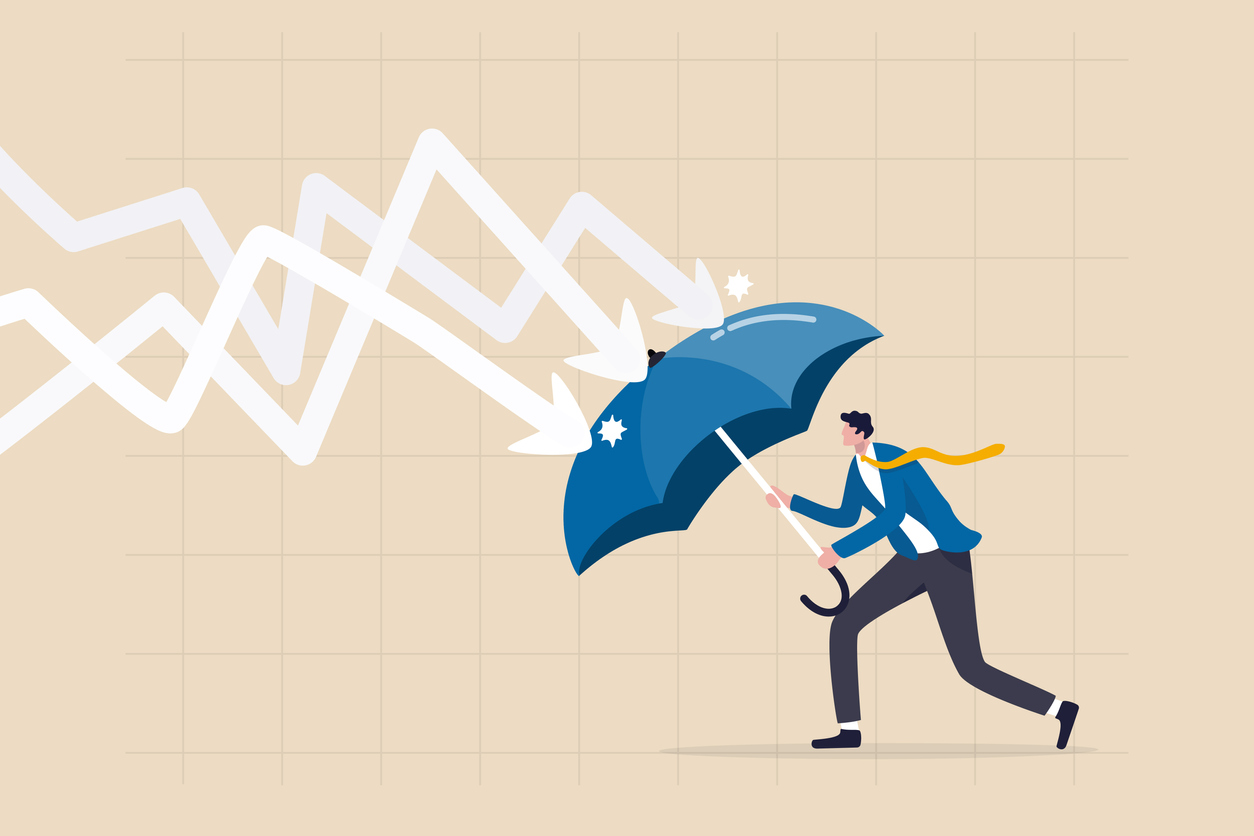How to Start a Referral Program for Your eCommerce Store

You’ve built a great eCommerce store, with relevant products your audience both needs and looks for. You might even have some basic promotional structures in place already, from social media to an effective email campaign. Now, it’s time to get creative in your efforts to get more business.
In other words, it’s time to start thinking about rewards and referrals for customers. How can you turn happy customers into active advocates that drive more business to your store?
If you’re asking yourself that question, or even if you’re just looking for new ideas on how to better promote your online store, keep reading. In this blog, we’ll examine the basic similarities and differences between rewards and referral programs, before showing you exactly how you can build your eCommerce referral program.
What Is a Rewards and Referral Program?
In eCommerce, rewards and referral programs are actually two separate things – although they are closely related:
- A rewards program rewards customers for their loyalty. The more they buy from you, the more likely they will get to get future discounts, free shipping, etc.
- A referral program rewards customers for spreading the word about your products and online store. When someone buys from you after first having heard about it from them, they get a tangible benefit.
Both programs are far from mutually exclusive. They both aim to further engage and leverage your happiest customers, both by spreading the word and buying more. And, as it turns out, they’re among the most successful marketing tactics you can use to grow your eCommerce revenue.
According to one study, referral programs are the single most effective marketing tactic available. That’s because 92% of consumers trust messages from their family and friends more than the same messages coming from brands. When asked how they find basic product information, Americans placed “family” and “friends” in their top three alongside a basic online search.
Rewards programs, meanwhile, work because retaining your existing customers is significantly cheaper (and offers higher ROI) than acquiring new ones. In fact, 75% of consumers say they are more likely to stay loyal to a brand if it offers them rewards for doing so.
5 Potential Types Rewards and Referral Programs You Can Build
Of course, not every loyalty or referral program is created equal. Depending on your customer base, product catalog, and audience preferences, a few different options may best suit your needs:
- A direct referral program encourages your customers to share the word to their personal and social networks. It might start as simply as a “Share” button on the purchase confirmation page for your online store that prompts new customers to let others know what product they’ve bought.
- An incentivized referral program gives your audience a specific reason to let their friends know about your brand and products. For example, any customer who refers someone else to your product may receive a 10% discount or free shopping next time they buy from you.
- An affiliate referral program builds a more comprehensive relationship with customers who are willing to work on your behalf. For example, they might receive a custom link they can use to refer others to their store, receiving a percentage of the sale you make coming from that link.
- A purchase loyalty program simply counts each purchase your customers make. At a specific threshold, a reward is achieved, such as free shipping or a free product, and the counter starts again.
- A point-based rewards program awards points each time a customer takes an action favorable to your brand, like sharing a status on social media or buying a product. Rewards increase at a certain point threshold, up to and including free products. It can intersect with your referral program if the referral, or leaving a product review, also results in points.
There are countless variations of rewards and loyalty programs used by eCommerce marketers today. But most of them originate from one of these five basic types, which can serve as a guide for how you can best leverage your existing customers.

How to Build Up Your Referral Program for Maximum eCommerce Success
With the basic information in hand, it’s time to build out your own referral and/or rewards program. That’s a complex process, but can be boiled down to a few important steps to help you succeed:
1. Identify Your Audience
Which of your customers are most likely to spread the word about your products? Using a post-purchase survey like Net Promoter Score can help you identify them. If you don’t have these initial measures in place, look for customers who have purchased from you more than once already.
2. Choose the Type of Referral and/or Rewards Program You Want to Implement
Use the above types to determine which might make the most sense for you. For example, small businesses just starting out in eCommerce may benefit from a more general rewards and incentivized referral program, while businesses with a strong infrastructure already in place may go for more complex types.
3. Define Your Incentives or Rewards
What, exactly, will you give your audience if they participate? Options include:
- Free promotional products
- Discounts on future purchases
- Free shipping
- Free gift cards
- And more
This is one variable that may change significantly once you launch and begin to measure your program. Set an initial incentive that seems realistic now, but don’t be afraid to re-address it if the real-life results start to depress your revenue.
4. Build Out Your Referral Infrastructure
This step can get complex, but at its simplest just means making it easy for your audience to both refer your products and claim their rewards. It might mean creating custom links for referrals, but could also just be a field in the checkout process where customers can add the name of the person referring them. Keep track of it on the backend in your CRM, though.
5. Invite Customers to Participate
With the basic infrastructure in place, it’s time to determine the channels through which your customers can learn about your rewards and referral program. Integrate it into your post-purchase confirmation pages, as well as your email automations for existing customers. It also helps to build a custom landing page that outlines exactly what your program is, and how customers can participate.
6. Measure Your Success and Tweak Your Program Over Time
Referral programs are highly effective in theory, but that doesn’t mean they automatically succeed every time. Keep track of your program, including the percentage of customers participating and what you might be gaining (or losing) in revenue and profit margin through your incentives. Over time, this information can help you optimize your program and set you on a path for reliable success.
Ready to Build Your Rewards or Referral Program?
Once your online store is built, your rewards and referral programs can be major revenue and customer drivers for your eCommerce business. You just have to get them right. And fortunately, you’re not on your own.
At Future Holidays, we specialize in building the online presence and marketing efforts for eCommerce merchants, including referral and rewards program strategies. It’s how companies like Maud’s Coffee & Tea and Plantlife have built effective programs that reward the loyalty of their customer base. Ready to learn more? Let’s chat.


